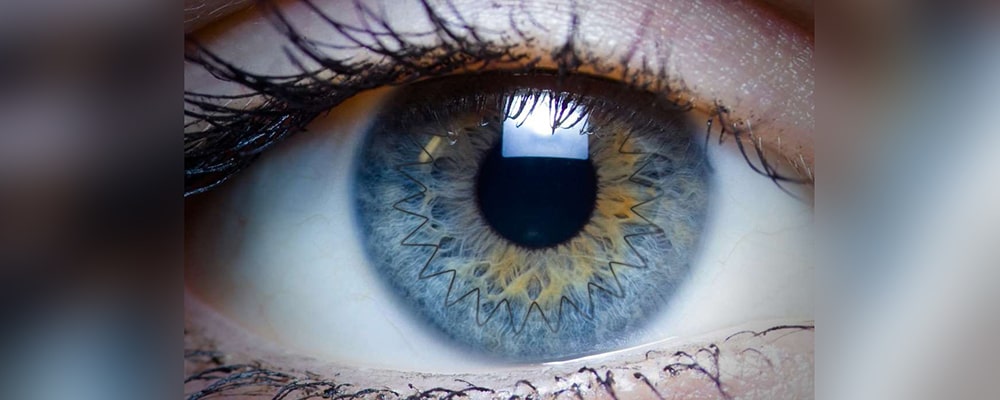
All about Corneal Transplant
In cases that someone’s cornea tissue has a disease or it is wounded, his cornea can be replaced with a healthy donor cornea by a corneal transplant surgery. Eye surgeons express that there are two types of cornea graft. First type is called Penetrating Keratoplasty (PK) which is a traditional one and includes full thickness cornea graft. The second one is called Endothelial Keratoplasty (EK) or back layer cornea transplant.
In the case of unhealthy cornea, the patient would experience visual problems such as blurry vision or glares. Transplantation can solve these visual problems. So a healthy cornea tissue should be transported from an eye bank to the hospital to do the corneal transplant surgery.
Specialists claim that the corneal diseases are one of the most important causes of blindness in the world, as same as glaucoma, macular degeneration and cataracts.
What is corneal transplant procedure?
During the PK (penetrating keratoplasty) the surgeon would use a cutting tool to make a full thickness circular incision on your cornea, but nowadays there is another safer and faster way of cutting by femtosecond laser. Femtosecond laser method results a faster recovery too.
In EK method, the eye doctor would make a small cut and put a slim disc of donor’s endothelium on the dorsal part of your cornea. The cut would heal itself.
You may ask that when does someone require a cornea grafting. If your cornea get hurt or it loses its transparency due to a damage then you would have visual troubles such as swelling, painful scars, change in your cornea’s shape and your vision. After doctor’s eye examinations he may understand that your problem will not be solved with contact lenses or eyeglasses, so he suggests corneal transplant.
What would lead to a transplant?
We mentioned some conditions that can harm your cornea below:
- Infections can cause wounds on your cornea such as fungal keratitis
- If your eyelids grow toward your cornea they can scar it
- Some congenital conditions
- Keratoconus (it is an eye disease)
- Unusual shape of the cornea
- Some LASIK surgery complications, but it seldom happens
- Burning of the cornea
- If your cornea gets swollen too much
- Transplant rejection if the patient had one before
- Corneal failure
Possible risks and complications
Corneal transplant surgery may have some risks as all the surgeries do. The graft rejection is a common trouble of this surgery and that happens when your immune system detects the transplanted tissue as a foreign tissue and tries to get rid of it. We mention some signs of cornea transplant rejection:
- Feeling pain in eye
- High sensitivity to light
- Eye redness
- You may experience visual haziness (cloudy vision)
Some other complications that may occur are:
- Eye infection
- Eye bleeding
- Your retina may get detached
- Increasing of eye pressure may occur (glaucoma)
Specialists claim that if you had a corneal edema in cataract surgery before, the possibility of rejection could be higher. If you had any of these signs, you must contact your eye doctor. He would prescribe some drugs to help you stop the graft rejection process.
- Infections can cause wounds on your cornea
- Some congenital conditions
- Unusual shape of the cornea
- Burning of the cornea
- Corneal failure


Reviews
Number of pending reviews15233